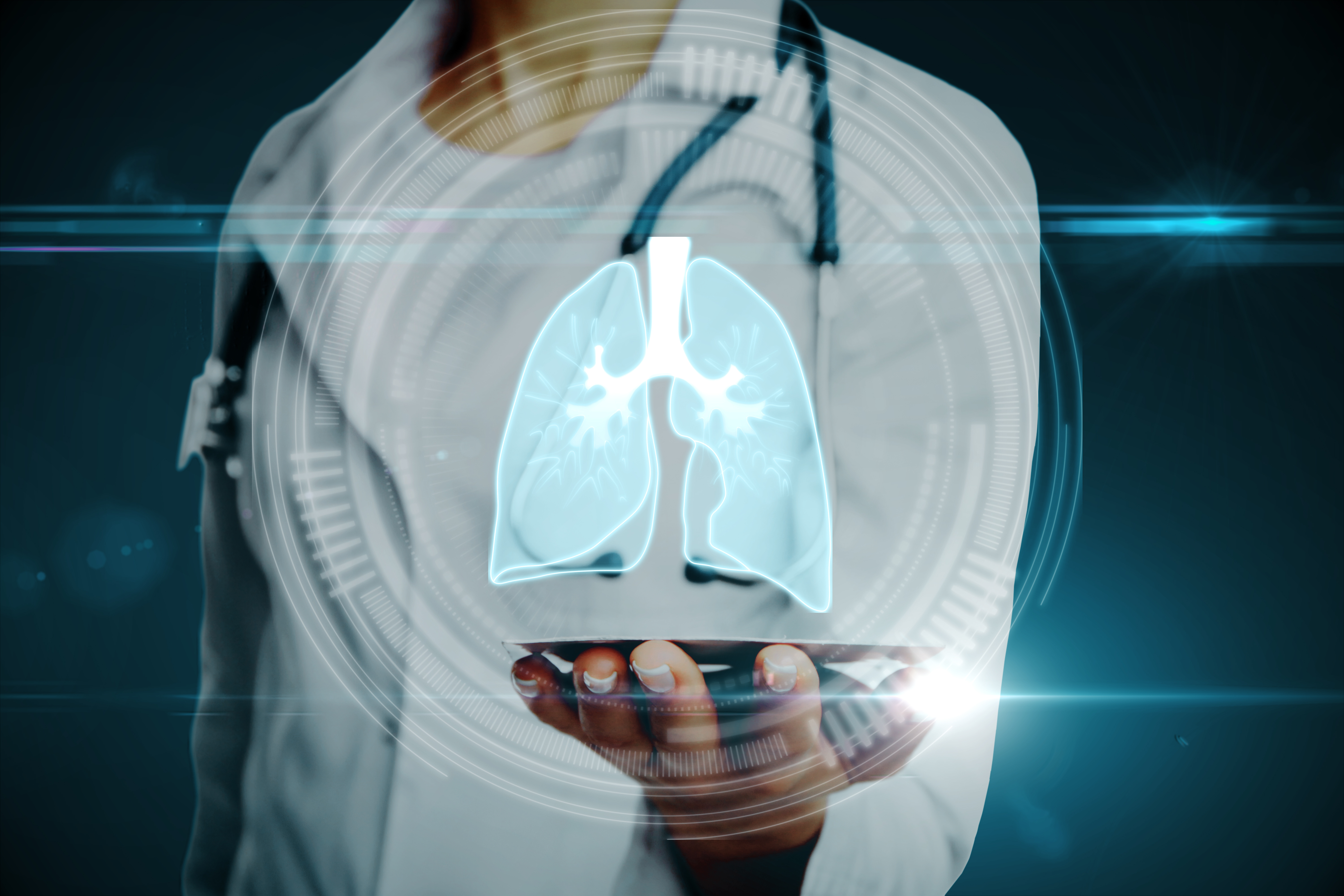
Chronic respiratory diseases have become a major health issue and, according to a publication by the Institute for Health Metrics and Evaluation (IHME) in April 2023, are now the third most common cause of death worldwide. In 2019, respiratory diseases affected one in twenty people globally and caused approximately four million deaths. Auscultation, i.e., listening to the sounds of the lungs and heart using a stethoscope, is the most commonly used diagnostic method worldwide and gives medical personnel invaluable insights into the structure and functioning of both organ systems. However, studies have shown that the reliability of this method is often dependent on doctors’ experience and hearing ability, which can result in subjective, error-prone interpretations of the sounds. It is therefore crucial that we pursue innovative approaches that can improve our understanding of respiratory sounds and facilitate the development of new, more reliable diagnostic tools.
Fraunhofer ITEM is participating in DigitaLung, a project that aims to develop a digital auscultation system for the differential diagnosis of lung diseases using machine learning. Funded by the medical technology program of the German Federal Ministry of Education and Research (BMBF), DigitaLung is a collaborative project involving the partners ERKA Kallmeyer Medizintechnik GmbH & Co. KG, the Medizinische Hochschule Hannover (Hannover medical school) and Leibniz University Hannover.
The ultimate goal of the project is to develop and validate a machine-learning-based digital auscultation system that will improve patient care in the long term. The project approach includes digitizing lung sounds, categorizing patients, conducting diagnostic training and integrating the resulting algorithm into a stethoscope, which is supported by a special app. These days, physiological signals are digitally recorded, which allows them to be viewed as a series of numerical values in chronological order, forming a medical time series. Obtaining insights from this data — primarily from the shape of the time series — is known as data mining. A number of existing techniques are being used to simplify this process, including resampling, denoising, scaling and segmentation.
As part of DigitaLung, Fraunhofer ITEM scientists have honed and developed a custom web application that makes it easier for experts to analyze respiratory sounds. This web app serves as an independent tool that handles two key tasks during patient exams: visualization in multiple areas and the use of unsupervised machine learning algorithms in the app.
 Fraunhofer Institute for Toxicology and Experimental Medicine
Fraunhofer Institute for Toxicology and Experimental Medicine